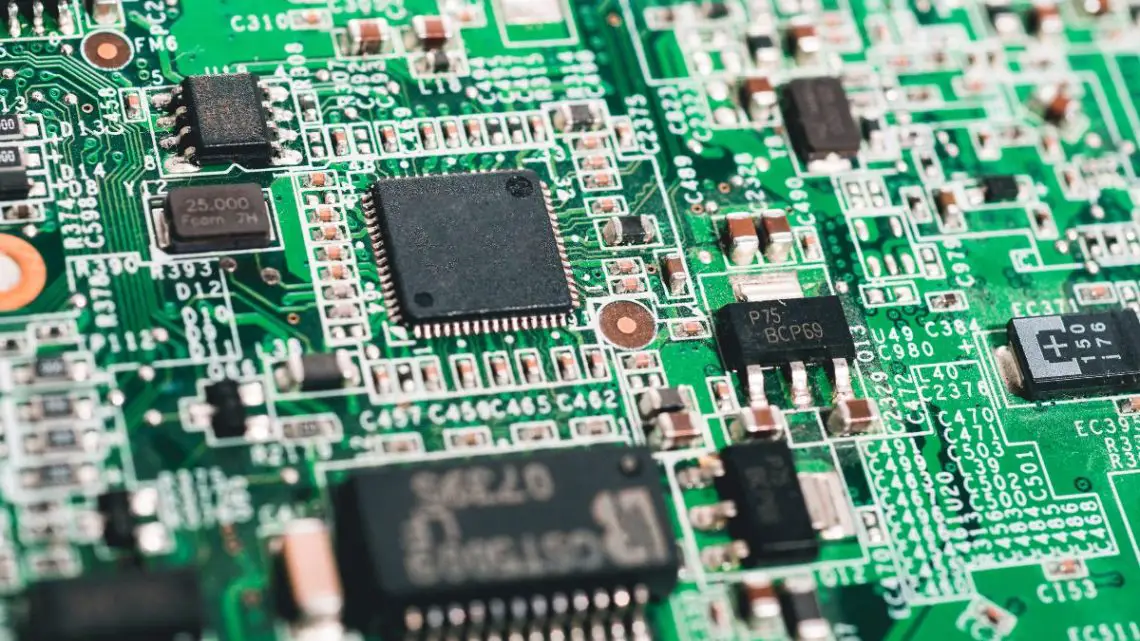
Essential Electronic Components and their Functions
November 2, 2023Electronic devices are an integral part of our daily lives, from smartphones to laptops, and even the appliances in our homes. Behind the sleek exteriors of these gadgets lie a complex web of electronic components that make them tick. In this article, we will delve into the essential electronic components and their functions, providing you with a clear understanding of the building blocks of modern electronics.
Resistors
Resistors are one of the fundamental electronic components. They do precisely what their name suggests – resist the flow of electrical current. This resistance is measured in ohms and is vital for controlling the flow of current in a circuit. Commonly, resistors are used to limit current, divide voltage, and protect sensitive components from excessive current.
Key Functions:
- Limiting current to prevent damage to other components.
- Dividing voltage in a circuit.
- Providing biasing in transistors and other active components.
Capacitors
Capacitors are energy storage devices. They store electrical charge and release it when needed. These components come in various types, including electrolytic and ceramic capacitors, and their values are measured in farads.
Key Functions:
- Smoothing out power supply voltage.
- Blocking direct current (DC) while allowing alternating current (AC) to pass.
- Storing and releasing energy in timing circuits.
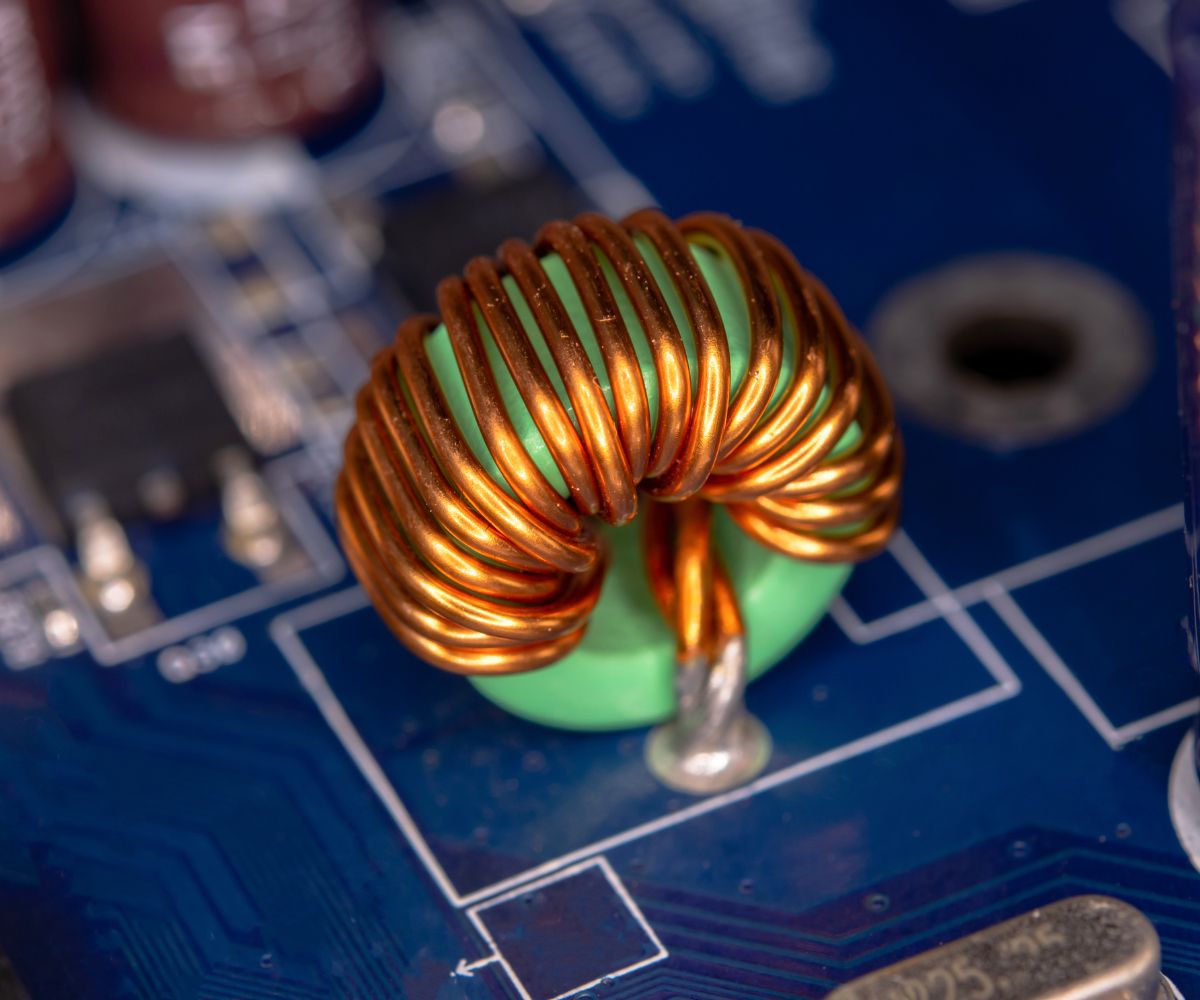
Inductors
Inductors are wire coils that store energy in a magnetic field when current flows through them. They resist changes in current, a property commonly referred to as inductance.
Key Functions:
- Filtering out high-frequency noise from a signal.
- Storing energy in applications like transformers.
- Acting as a passive element in timing circuits.
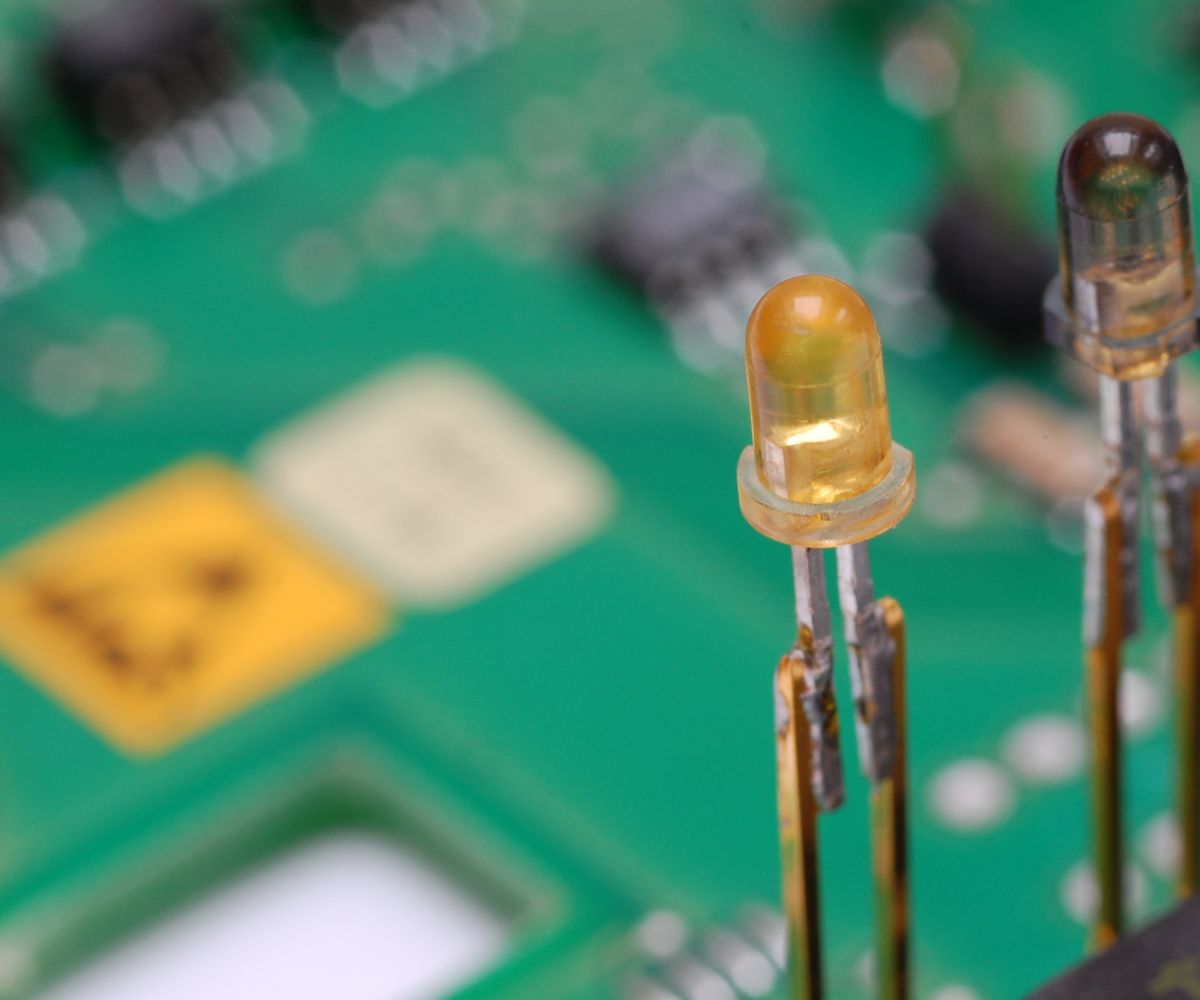
Diodes
Diodes are semiconductor devices that allow the flow of electrical current in one direction only. They have a wide range of applications, from rectifying AC into DC to protecting circuits from reverse voltage.
Key Functions:
- Converting AC to DC in power supplies.
- Preventing reverse voltage from damaging sensitive components.
- Emitting light in light-emitting diodes (LEDs).
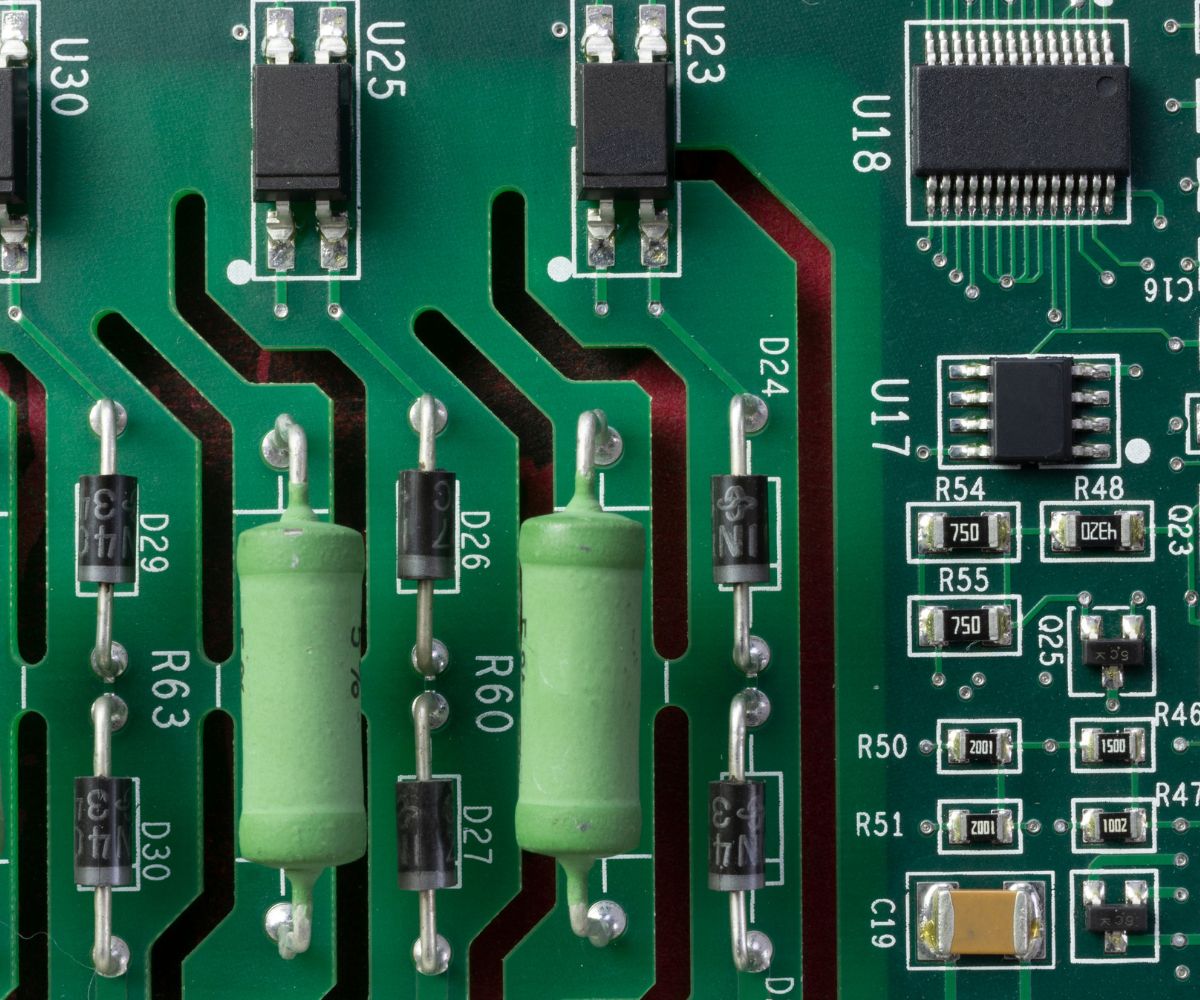
Transistors
Transistors are the building blocks of modern electronics. They act as switches or amplifiers and are found in a vast array of electronic devices. The three main types of transistors are bipolar junction transistors (BJTs), field-effect transistors (FETs), and insulated gate bipolar transistors (IGBTs).
Key Functions:
- Amplifying electrical signals.
- Acting as switches in digital logic circuits.
- Controlling the flow of current in various electronic applications.
Integrated Circuits (ICs)
Integrated circuits are a combination of multiple electronic components like transistors, resistors, and capacitors on a single silicon chip. ICs serve various functions, making them a central element in modern electronics.
Key Functions:
- Performing complex functions like microprocessor operations.
- Reducing the physical size of a circuit.
- Enhancing reliability by integrating multiple components on a single chip.
When it comes to sourcing these essential electronic components, it’s crucial to find a reliable electronic components supplier. One of the trusted names in the industry is IC CHIPS, which offers a wide range of electronic components to meet the needs of electronic designers, hobbyists, and professionals.
Connectors
Connectors are the bridges that link different parts of an electronic circuit. They come in various forms, from simple wire connectors to complex multi-pin connectors for data transmission.
Key Functions:
- Establishing electrical connections between various components.
- Allowing easy disconnection for servicing or replacement.
- Maintaining signal integrity in high-speed data applications.
Relays
Relays are electrically operated switches that use an electromagnet to open or close their contacts. They are often used in applications where a low-power signal controls a high-power device.
Key Functions:
- Isolating low-voltage control circuits from high-voltage power circuits.
- Providing galvanic separation in sensitive applications.
- Acting as an interface between digital and analog systems.
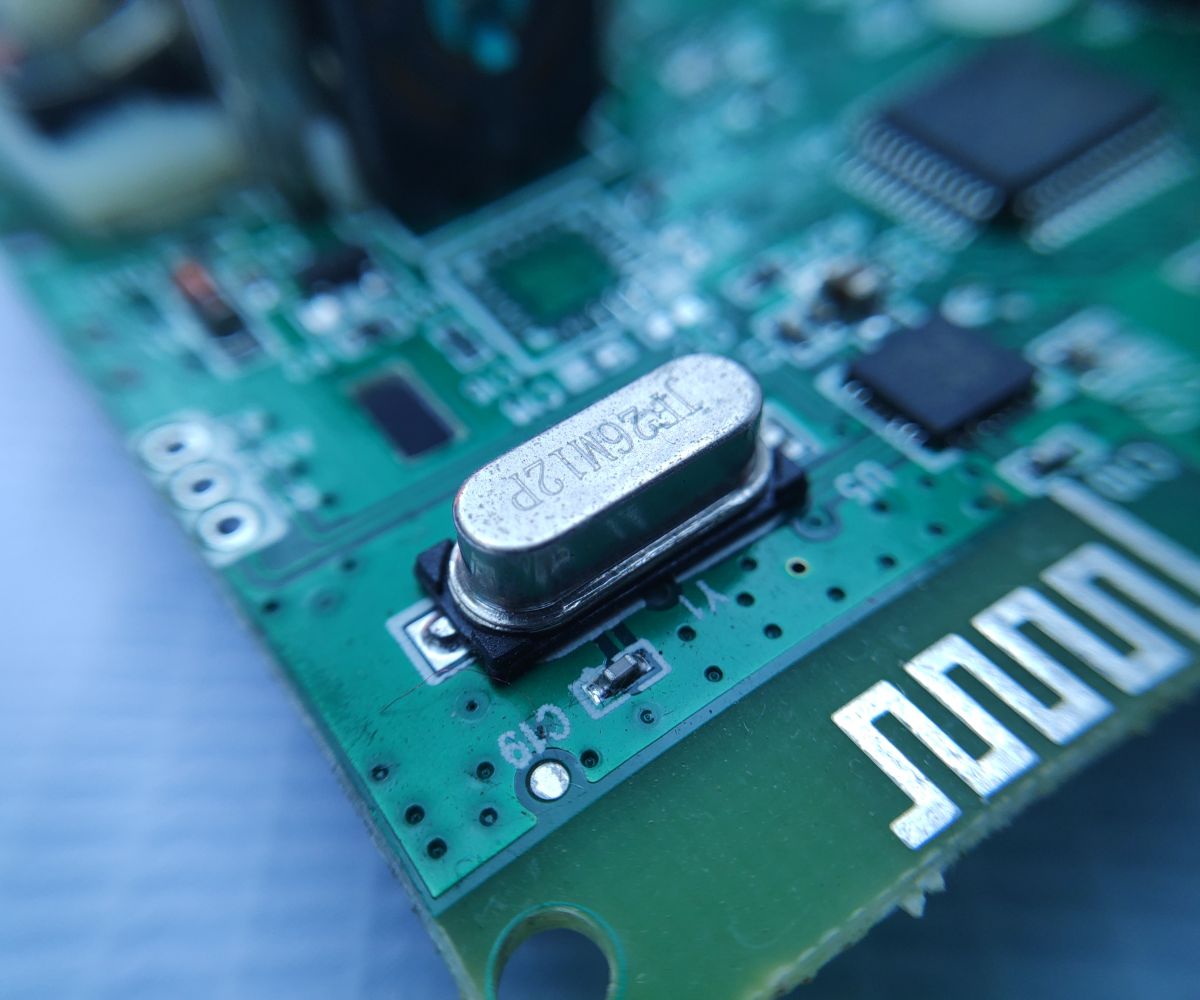
Oscillators
Oscillators generate continuous waveforms, typically in the form of a sine wave, square wave, or pulse. These waveforms are crucial in various electronic applications, including clock signals for microprocessors and signal generators.
Key Functions:
- Providing a stable and precise frequency source.
- Synchronizing various elements in a circuit.
- Generating clock signals for digital devices.
Sensors
Sensors are electronic components that detect physical properties like temperature, pressure, light, and motion. They are the sensory organs of electronic systems, providing data for decision-making.
Key Functions:
- Collecting data about the environment.
- Monitoring and controlling processes in real-time.
- Enabling automation and feedback control in electronic systems.
Conclusion
In conclusion, electronic components are the foundation of all modern electronic devices. Each component serves a specific function, and their proper combination and integration result in the gadgets we use every day. Whether you are an electronics enthusiast, a student, or a professional, understanding the functions of these components is essential for designing, troubleshooting, and repairing electronic circuits. And when you need a reliable electronic components supplier, consider turning to IC CHIPS for your electronic component needs, ensuring that you have the right building blocks for your next electronic project.

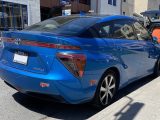

 With over 15 years of reporting hydrogen news, we are your premier source for the latest updates and insights in hydrogen and renewable energy.
With over 15 years of reporting hydrogen news, we are your premier source for the latest updates and insights in hydrogen and renewable energy.